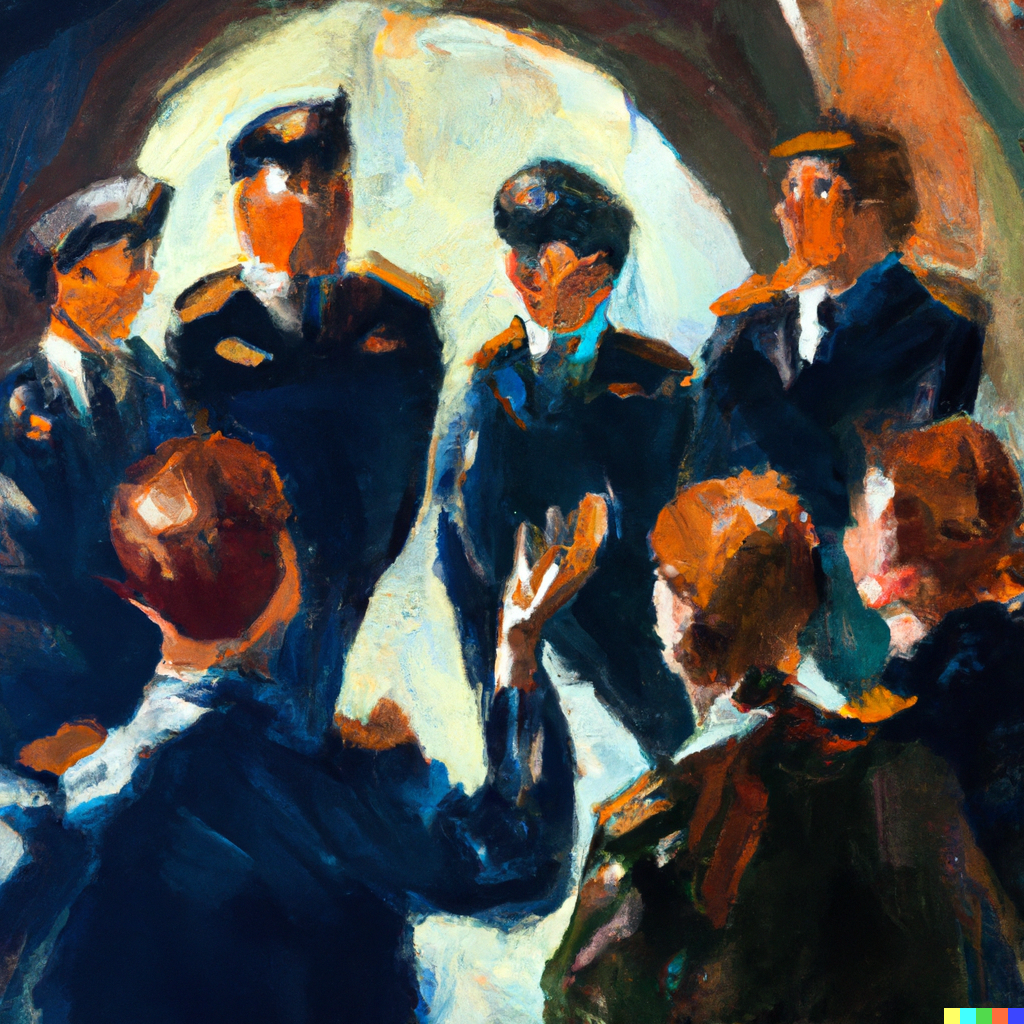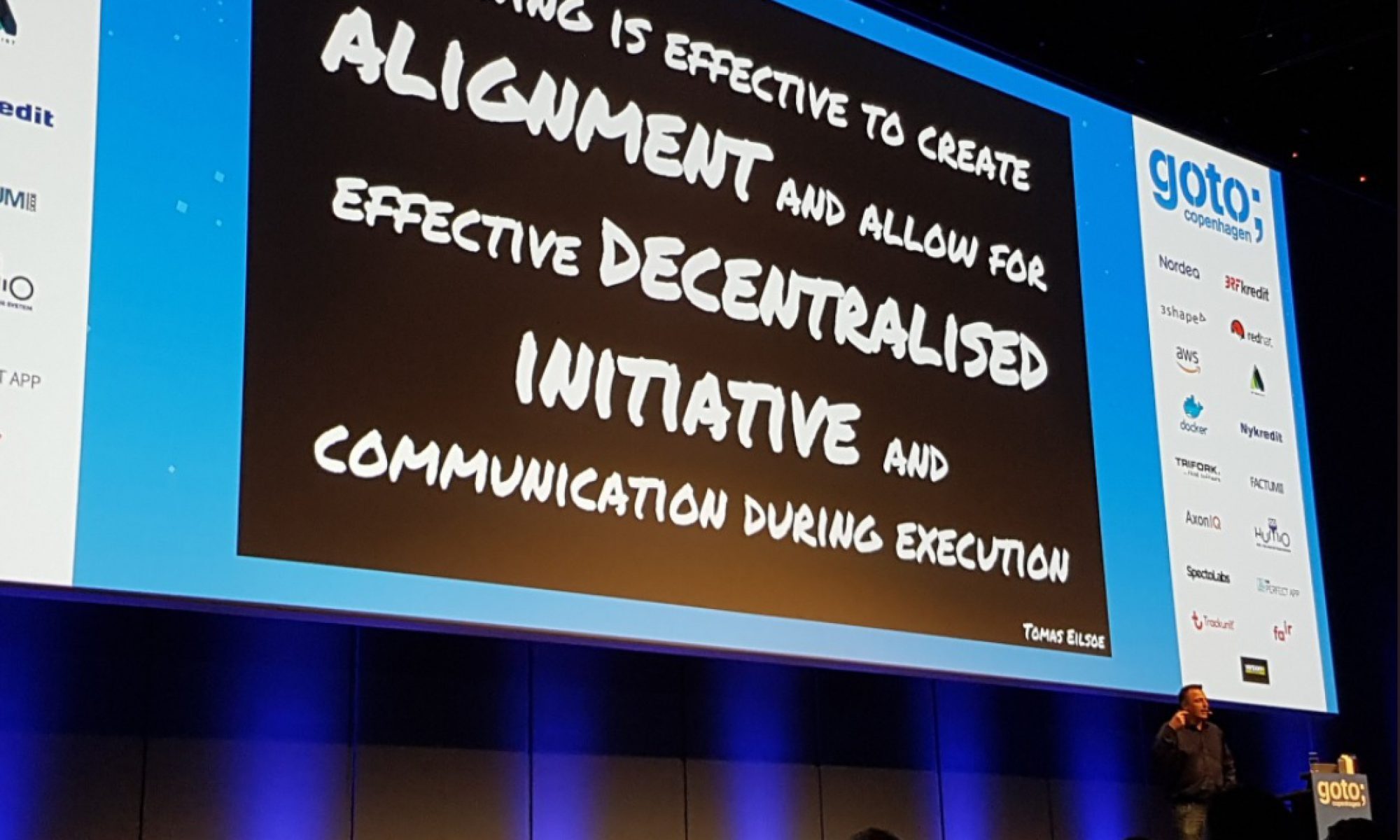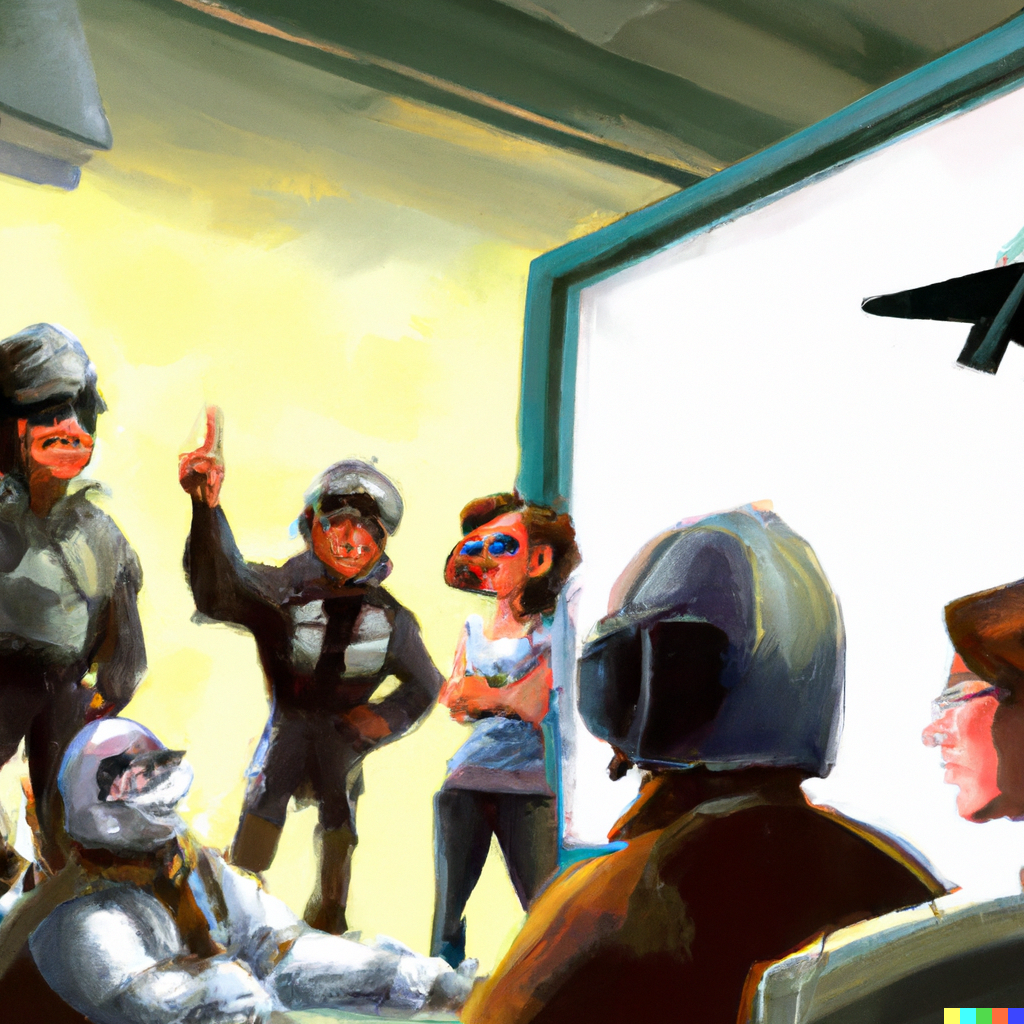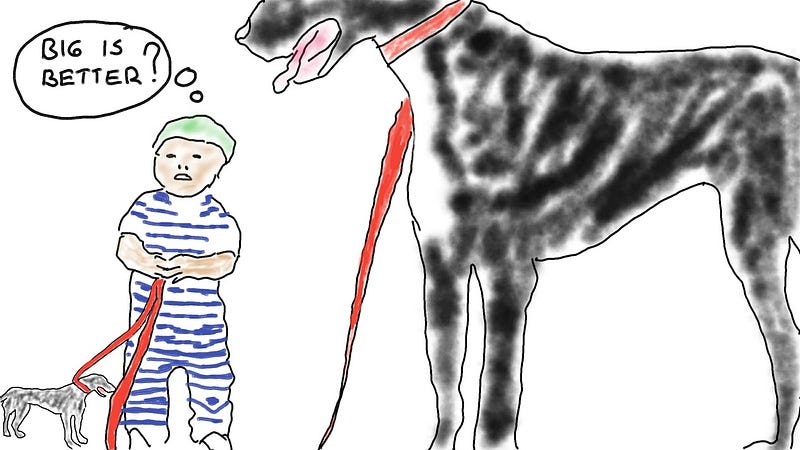Agile practitioners are interested in leadership and decision making because it is a key part of the agile process. In agile methodologies, decisions are typically made by the team as a whole, rather than by individual team members or managers. This approach is known as collective decision making, and it is based on the idea that the best decisions are those that are made through collaboration and consensus.
The concept of servant leadership is also a relevant term based on the idea that the leader’s role is to serve the team and help them achieve their goals. This approach involves empowering team members to take ownership of their work and make decisions, rather than having the leader make all the decisions.
So can there be an “agile” organization where it is common that individuals have explicit, clear and absolute decision authority?
While answering yes to that question might be controversial, in the following I will let myself be vulnerable and argue that there are some significant perspectives to this idea, we should consider as agile practitioners.

Decisions in the F16 squadron.
The F-16 way: a rotating leadership structure that gets results.
The F-16 organization is a prime example of a clear, dynamic leadership structure. The DutyOps role has the authority and responsibility for everything that happens in the squadron, from authorizing flying and executing the flying program to planning for the next day. But here’s the twist: the pilots in the squadron take turns having the DutyOps role, and the DutyOps of today even assigns the DutyOps for tomorrow. This practice isn’t just unique to the squadron either – it’s applied to the daily leader of the entire airbase’s flying operations
When F16 pilots fly as a team, they are often faced with ambiguous information and complex decision-making that requires action. The leadership role may change multiple times in a matter of minutes, requiring clear communication and careful shared analysis of the situation. For example, the wingman may spot an enemy and call out on the radio, prompting the lead to respond with either “Press” or “Negative”. “Press” means the wingman takes over as leader, while “Negative” means the lead retains leadership. In either case, the team must quickly analyze and interpret the different levels of information available to each pilot and use that as input to the decision making process and placement of decision authority.

The benefits and power of a transparent and adaptable leadership model
Firstly, Place the decision-making authority in the hands of those with the most information. In other words, the person or group with the most information about a situation should be the one with the authority to make decisions.
An empowered agile team may naturally choose to make decisions based on who has the best information available. However, there are many factors making it challenging :
Lack of trust: If team members do not trust each other or the person with the best information, so they may be hesitant to naturally offer the authority to them to make decisions.
Personal agendas: If team members have personal agendas or are more interested in advancing their own interests than the interests of the team, they may not be pushing to give the person with the best information the authority to make decisions.
Lack of communication: If team members are not effectively communicating with each other, they may not be aware of who has the best information or what that information is.
Having explicit structure to decision process may surface some of these challenges, so they can be handled.
Secondly, Great leaders make the best wingmen – when given the chance to step up and lead, wingmen gain a deeper understanding and empathy for the challenges of being in the spotlight. This allows them to better support and assist other leader in their moments of need.
Agile teams can push novice developers to step into a decision making role, giving them valuable perspective and experience. Structured and consistent opportunities for growth can make sure this happens at the right time and place.
Thirdly, taking turns at leadership fosters a sense of teamwork and collaboration. Rather than one person shouldering the responsibility and decision-making, the leadership role is shared amongst the team. This creates a sense of ownership and accountability for the success of the mission.
Will an empowered agile team create a sense of ownership. For sure it can ! Quite well indeed. But its not the only way to get that. Also group dynamics are super complex and in many cases there will be one or a few people in a team that take the responsibility more than others. Having some structure to explicitly distribute decision making ensures we distribute responsibility and sense of teamwork and belonging as well.
Fourthly, explicitly changing leadership roles ensures that everyone is constantly learning and growing. When each member of the team has the opportunity to step into the lead role, they are forced to think outside their comfort zone and develop new skills. This not only benefits the individual, but also the team as a whole.
Will an empowered agile team ensure everybody constantly learn and grow. The ideal team will, but some individuals may choose the comfort of the known. Thus lack of constructive pressure to learn and grow might set the team back.
Fifthly, rotating leadership roles allow for fresh perspectives and new ideas. When a different person is in the lead, they may approach a situation differently than the previous lead. This can lead to new solutions and strategies that may not have been considered before.
An empowered agile team will usually also deliver new fresh ideas. But how often do you pick a different chair at the dinner table just because you can? Probably not a lot, so a forcing function to make new people lead can spawn surprising and even greater ideas.

Considerations of practicing clear decision authority.
While it is can be useful to practice explicit decision authority, it is also important to recognize that it is essential that the authority should be rotated among different individuals. This ensures that we get all the benefits listed above. Without rotation it will just be another ineffective hierarchy.
It is important to have a clear system in place for determining who the leader will be at any given time or context. Whether it is through a democratic voting process or some other method like the leader of today plans the leader of tomorrow. In the air force there were different systems depending on the context. One for mission planning where the lead distributed planning, so each pilot got their own area of planning authority (different each time). Another for flying as mentioned previously. A third for special competence areas like electronic warfare, tactics, safety or ensuring there is enough candy ready. These typically was somewhat voluntary.
It is also essential that the decision making structure should not inhibit or reduce dialog and shared understanding. A decision-making structure that values input from all members of the group can help to build trust and foster a sense of belonging, which can further enhance the group’s ability to work together effectively. I argue that clear rotating authority can give even more time and energy for such creative dialog.
This all should be seen in the light of a learning organization. An organization which prioritizes to adapt and evolve. So retrospect with honest, public, difficult and structured reflection on the decisions made and their consequences is also a must. Both on the individual team but also on the team of teams level. Without proper feedback loops in place it will not work. In the air force we called it a “Debriefing”. Similar to the Scrum Retro but the nuances of that is a topic of another post.

I hope the F-16 pilots approach to leadership serves as a valuable perspective for agile practitioners. Some agile practitioner might argue that a single point of decision authority is “evil”. That can indeed be true. I hope what I have presented, have inspired you to rethink if that is always the case.
Perhaps, you might consider that by using the right ingredients, it can create an agile and effective structure. A type of structure, which is in line with the principles of agile, and may be worth exploring and learning from.




